Bruce is an art historian who specialises in South-East Asian arts, geographically situated in Sanur, Bali, where he is the founder of the organisation, ‘Island Arts’. He has published extensively on Asian arts and many of his books such as ‘Indonesian Tribal Art’ (2016) and ‘Lempad of Bali: The illuminating line’ (2014). After learning of my interest in Asian visuals and desire to better understand the cultural context of the imagery from which I utilise in my tattooing practice, Bruce invited me to visit Island Arts to have access to his extensive personal collections of artefacts and library, and to offer me expertise and insight to my various questions surrounding my adoption of visuals from spiritually imbued Asian arts in Western creative industries. In order to make the trip, RTSG funding was applied for a second time from Northern Bridge, who very kindly made the trip possible in January 2020.
After arriving in Sanur in the late afternoon following over 20 hours of travel from the UK, I received a message from Bruce inviting me for breakfast with his family and colleagues the next morning. It was with this spirit of hospitality that the 3-week trip commenced. Bruce spent the first day introducing me to the area, discussing my intent for the trip to enable him to advise accordingly based on my interests, and giving me a tour of his facilities which I was granted access to irrespective of his availability. This included specialist books that are difficult to source in the UK, such as exhibition catalogues for museums such as ARMA (2018) and NEKA (2020); both of which feature traditional Balinese painting from the ‘Kamasan’ region, from which my design practice draws upon.
After this introduction and direction given to the most appropriate places to visit, I was granted access to all facilities at Island Arts, which were fully exploited through the photography of the various artefacts with Bruce giving me first-hand explanations of the imagery context, and the use of numerous texts. These where created over the duration of the trip, and included Picard (1998) (which is difficult to source and very expensive to buy); Lueras (2003); Lueras and Lloyd, (1987), and Tenzer, (1992). These texts, alongside discussion with Bruce, provided contextual understanding to accompany the work that has been / will continue to be produced for tattooing. Trips to the AMRA, NEKA, and Museum Puri Lukisan in the Ubud area where also made and many of the works photographed. These where then able to be more richly understood through direct discussion surrounding individual pieces with Bruce.
In addition to the rich resources that where made available, I also was able to initiate a 30-minute presentation of my work followed by a 20-minute Q and A, at the beautiful, ‘Rumah Sanur Creative Hub’ as part of the LOTS programme (Learn Of Things and Sharing) on Saturday 18/01/2020. The audience where mixed nationality, with around 50% being local residents of Bali, and the remaining either expats or those travelling. In addition to gaining insight on how to effectively communicate my research (with a strong North-East accent) to an audience who don’t speak English as a first language, I was also able to discuss my findings with audience members who ranged from social media managers specialising in tattooing, to anthropology professors, to PhD students utilising ethnographic fieldwork. The range of discussion both during the Q and A and after the event where insightful in gaining a sense of how Indonesian residents respond to imagery from their culture being adopted in Western tattooing practices (in my experience, generally very enthusiastically!) and in how academics and research students from non-design/art fields responded to my findings. I gave the event organiser and venue founder Rudolf Dethu (rudolfdethu.com, 2019), a print of my artwork as an expression of my gratitude, and it is intended to connect further in future visits to Asia. I was also able to spend time with local Indonesian artists from various disciplines (from music – architecture) who attended my talk, which thoroughly enriched the experience.
After arriving back in the UK, it is intended to create an informal book that will act as a tattoo design catalogue based on the imagery and culture that I have experienced and worked with over the past 3 weeks. The imagery will be accompanied by text that accessibly communicates the context of the subject matter, based on what was revealed from Carpenter directly, the books consulted, and conversations with the local residents. The purpose of book is to inform those who are opting to adorn imagery that has roots in a spiritual culture of what the subject matter may represent in its original source, in an effort to move away from mere ‘cultural appropriation’ into ‘cultural appreciation’ (Han, 2019). The illustrations where started while on the research trip, and will be continued to be produced over the coming months. Carpenter has kindly suggested to proof-read the document, and advise on any areas that require clarification. In return for such generosity, I have agreed to produce a book cover for an upcoming publication he is in the process of writing titled ‘In Red Weather’.
The trip has not only allowed for content that may be used directly within my thesis, but assisted in my confidence in communicating my findings to an international audience, and an opportunity to make a host of valuable contacts on both a professional and personal level. I am sincerely grateful to all those who have made the trip possible, and consider it to be a significant part of my growth as a researcher and individual.
Bibliography
ARMA (2018) About ARMA – Arma Museum & Resort. Available at: http://www.armabali.com/about-arma/ (Accessed: 4 November 2019).
Carpenter, B. W. (2016) Indonesian Tribal Art. 01 edition. Singapore: Editions Didier Millet.
Han, H.-C. (Sandrine) (2019) ‘Moving From Cultural Appropriation to Cultural Appreciation’, Art Education, 72(2), pp. 8–13. doi: 10.1080/00043125.2019.1559575.
Lempad, I. G. N., Carpenter, B. W., Lukisan, M. P., Darling, J., Hinzler, H., McGowan, K., Vickers, A. and Widago, S. (2014) Lempad of Bali: The Illuminating Line. Éditions Didier Millet.
Lueras, L. (2003) Bali Eye on Indonesia - The Indonesian Humanitarian Foundation. The Indonesian Humanitarian Foundation.
Lueras, L. and Lloyd, R. I. (1987) Bali: The Ultimate Island. Reprint edition. New York: St Martins Pr.
NEKA (2020) Neka Art Museum Ubud Bali - The Development of Painting in Bali - Art Painting Museum. Available at: http://www.museumneka.com/Collection.asp?Category=Transitional%20Style%20Painting (Accessed: 27 January 2020).
Northern Bridge (2019) Northern Bridge Consortium - Newcastle University. Available at: http://www.northernbridge.ac.uk/newsevents/adammcdadeuniversityofsunderland.html (Accessed: 7 October 2019).
Picard, M. (1998) Bali: Cultural Tourism and Touristic Culture. Archipelago Press, Singapore.
rudolfdethu.com (no date) Roars. Rants. Raves. Rambles. Rebel. Rock-N-Roll, RUDOLF DETHU. Available at: https://www.rudolfdethu.com/ (Accessed: 27 January 2020).
Tenzer, M. (1992) Balinese Music. Berkeley : Seattle, Wash., U.S.A: Periplus Editions.
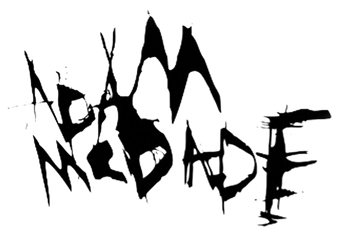
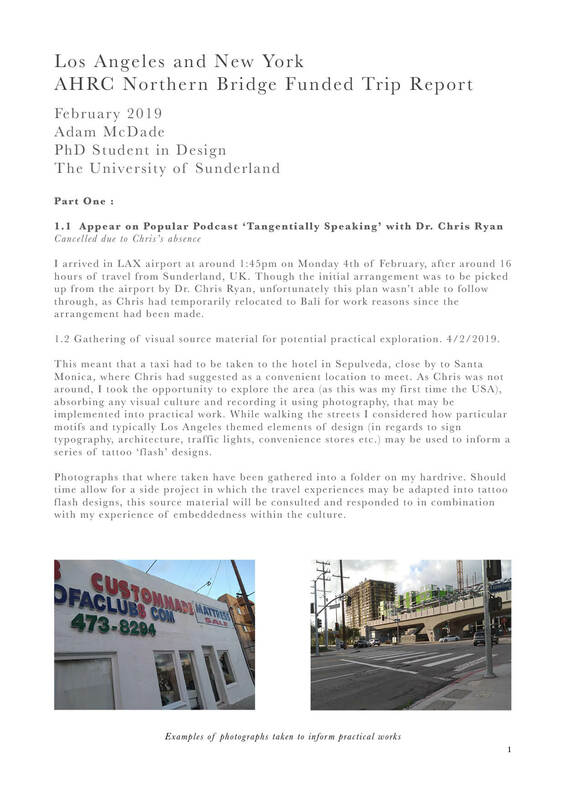
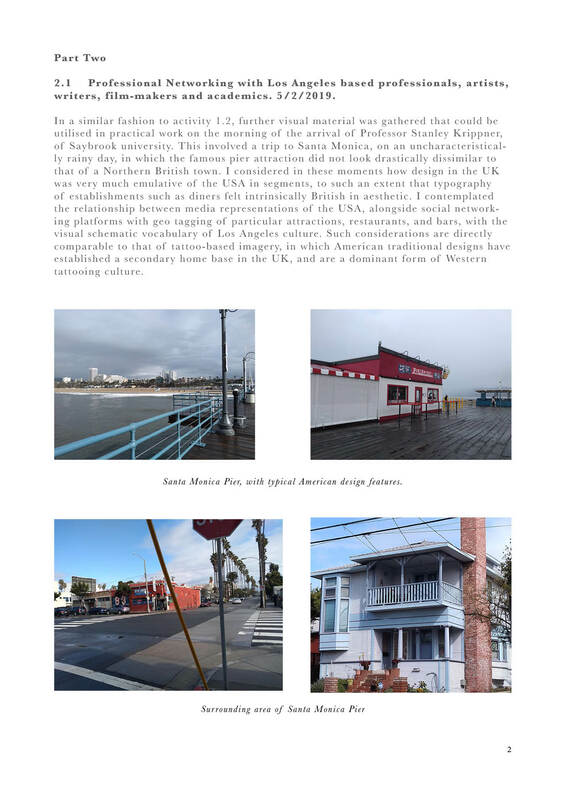
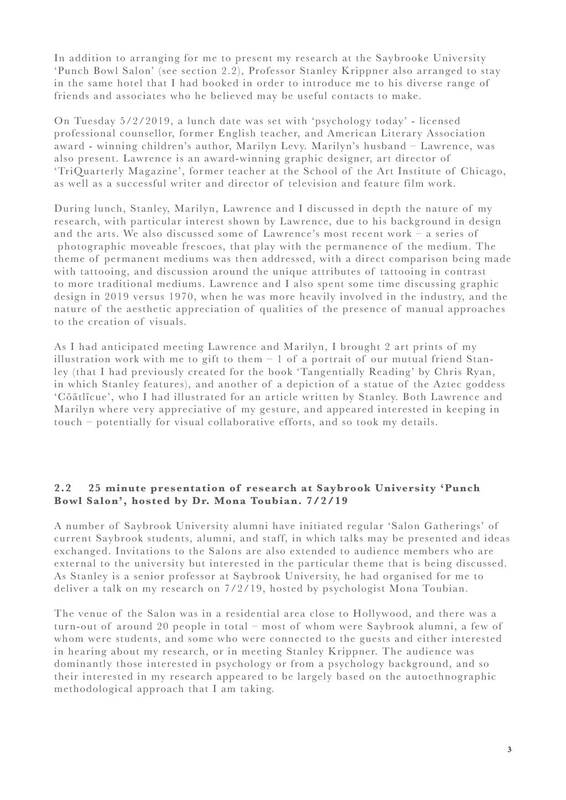
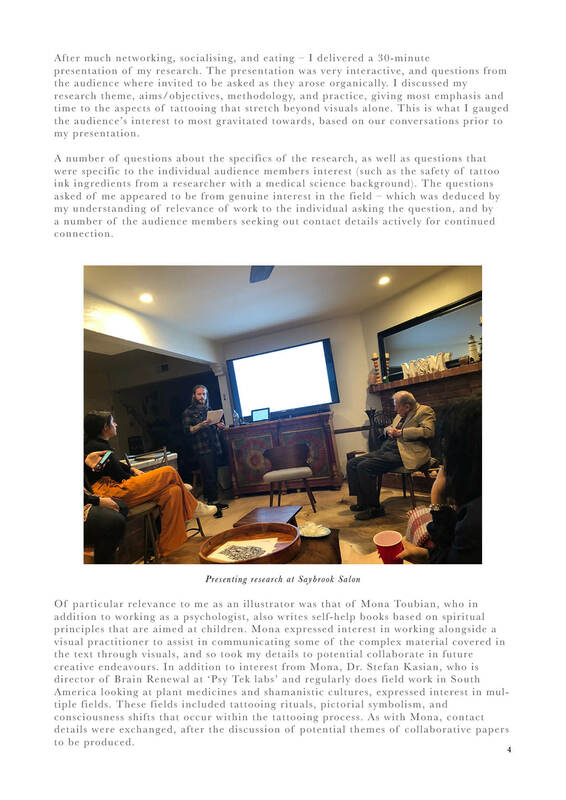
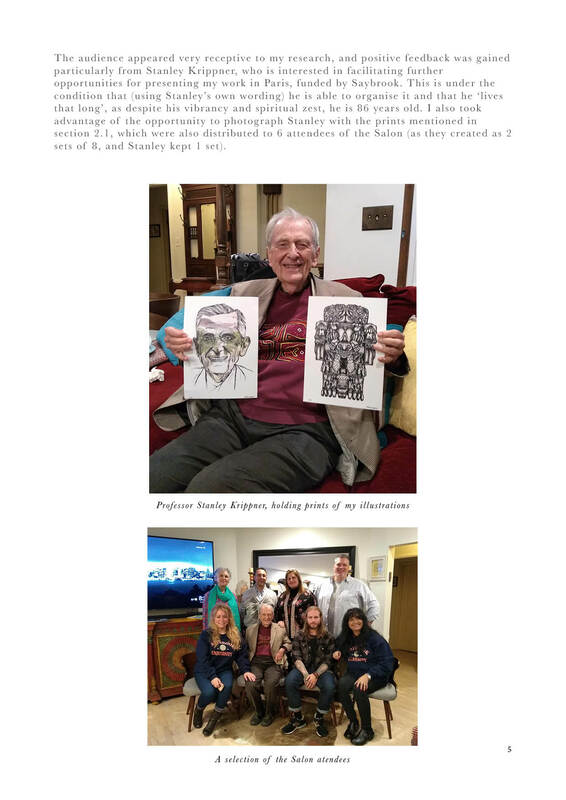
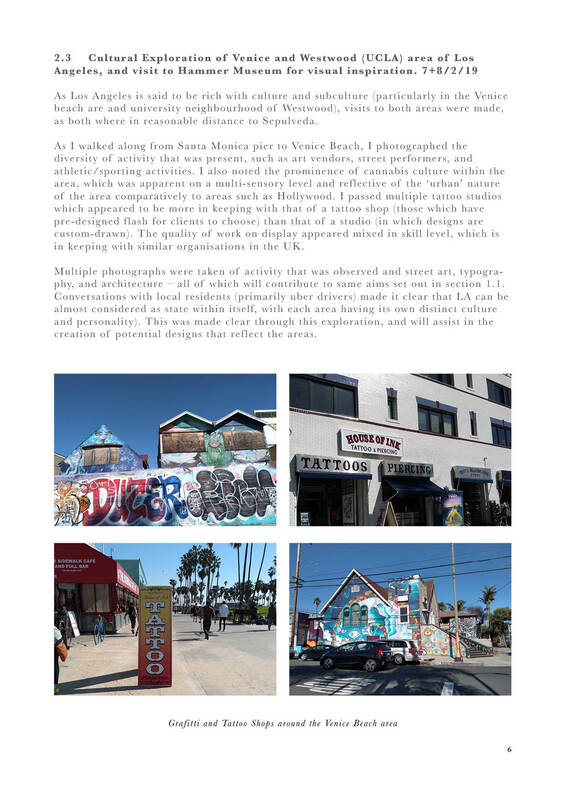
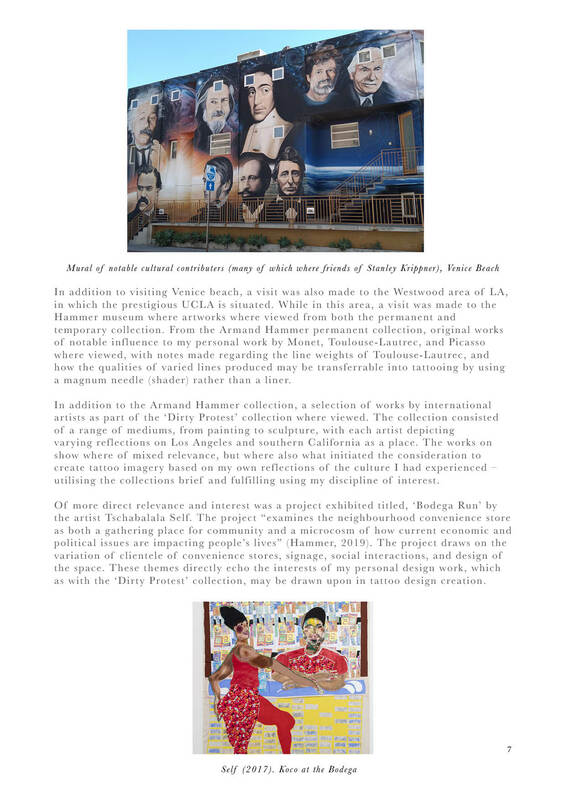
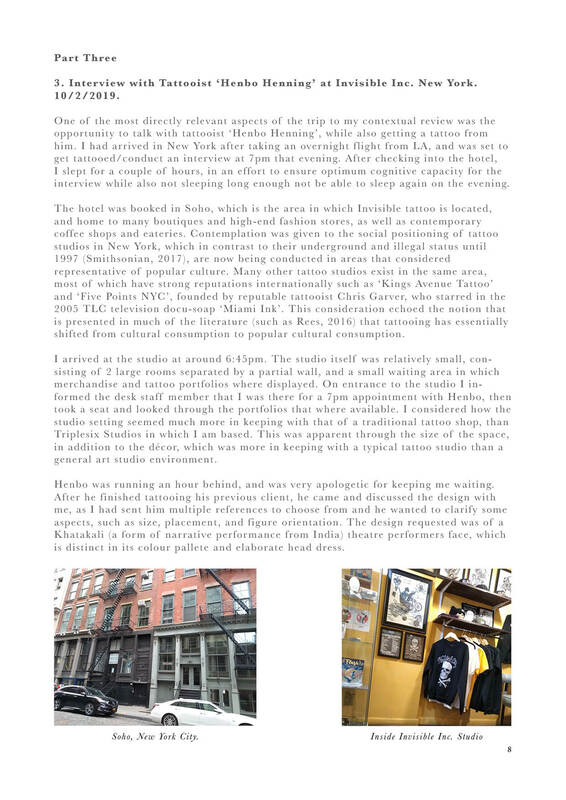
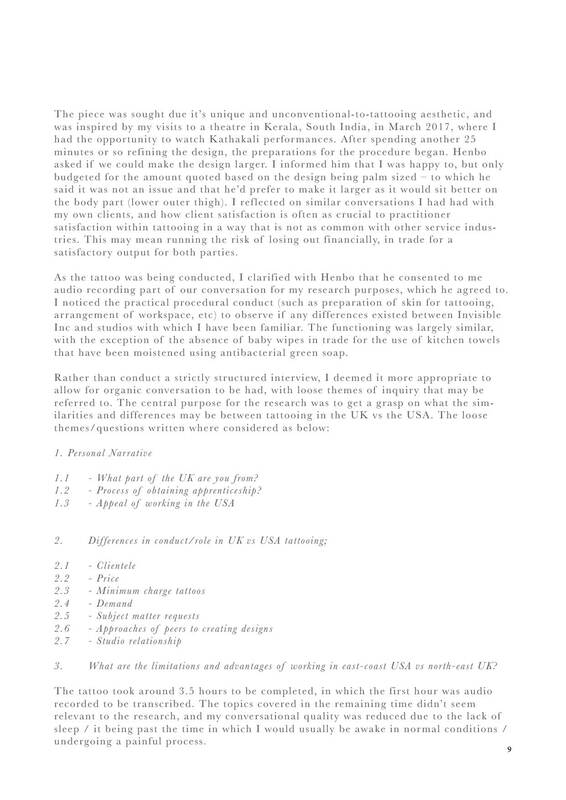
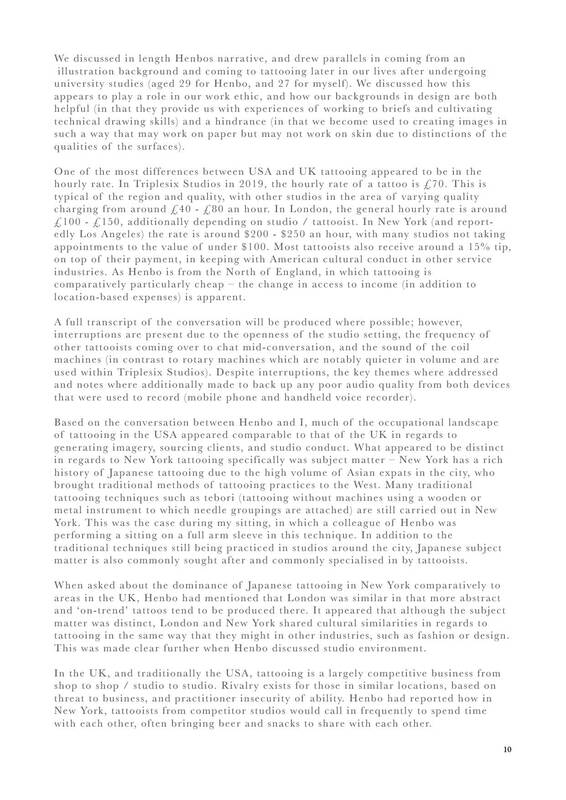
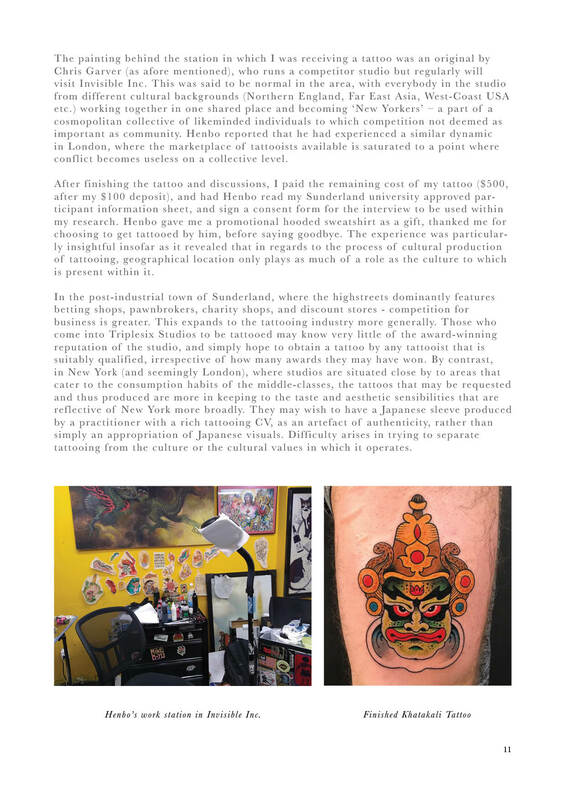
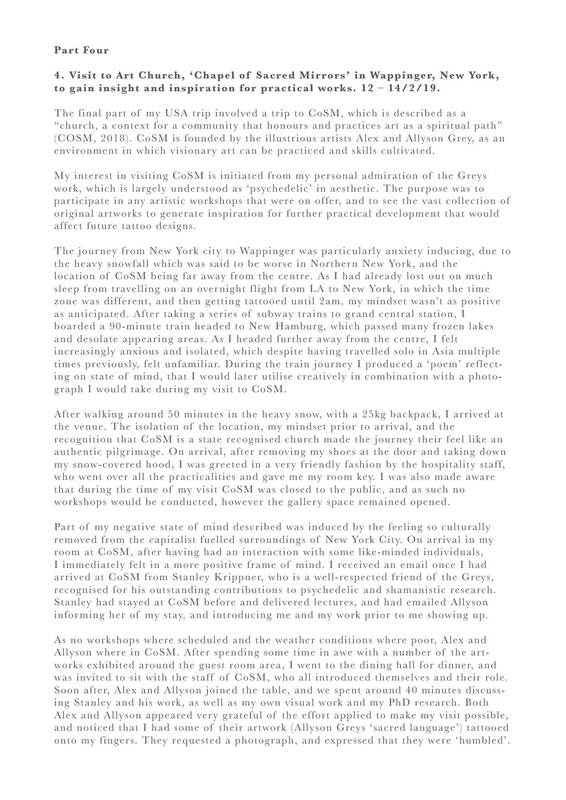
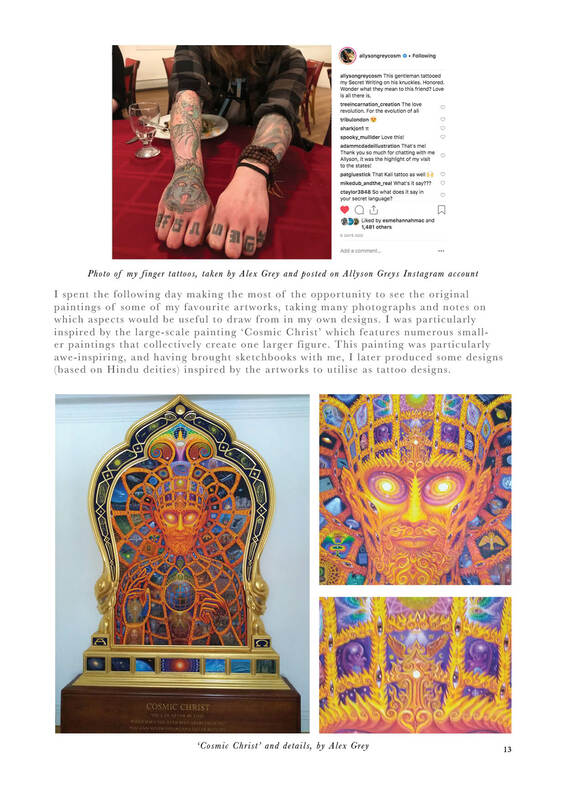
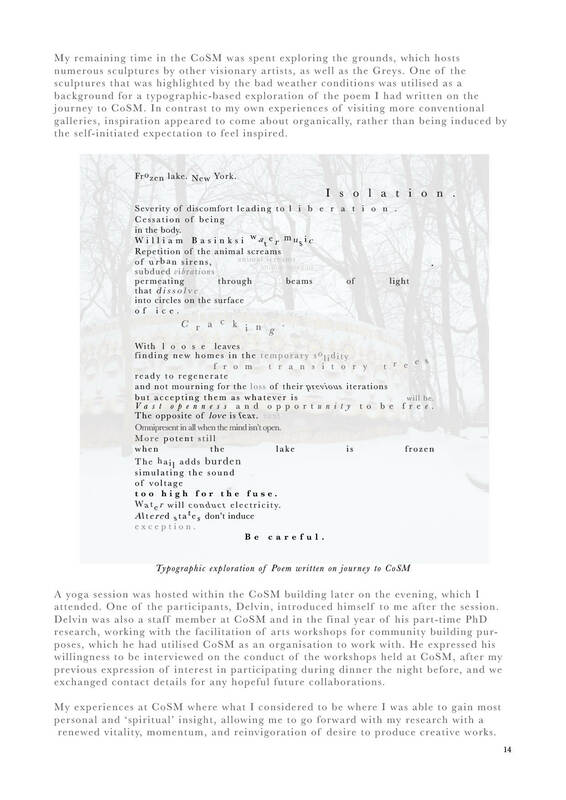
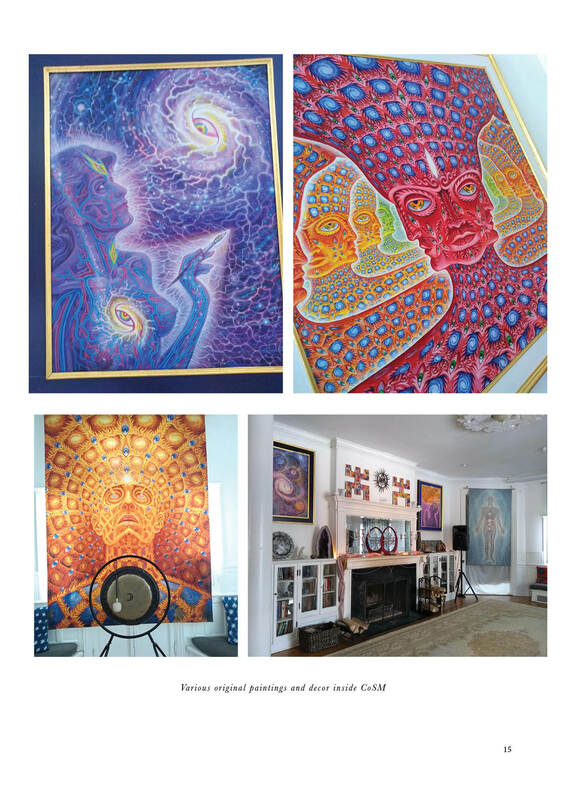
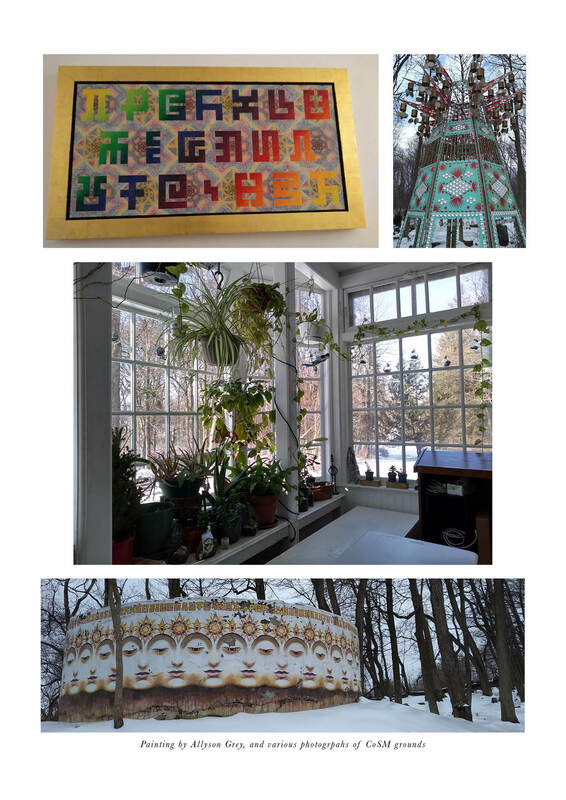
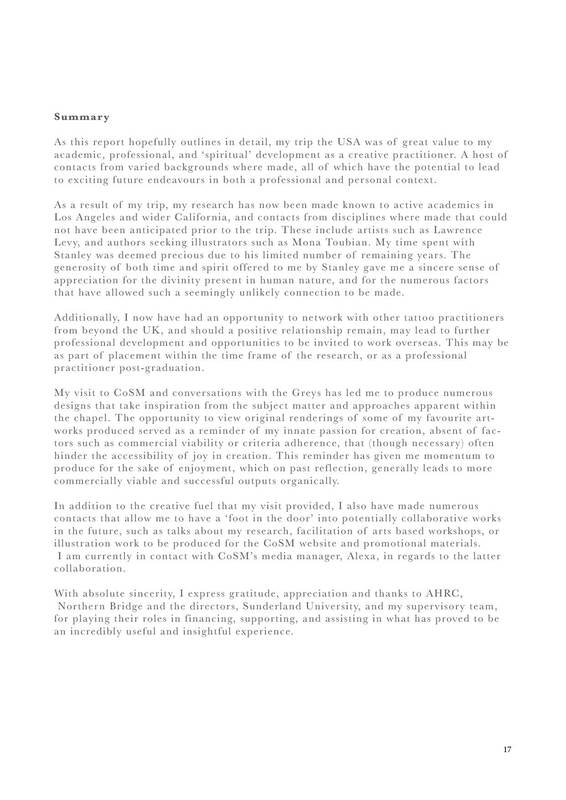
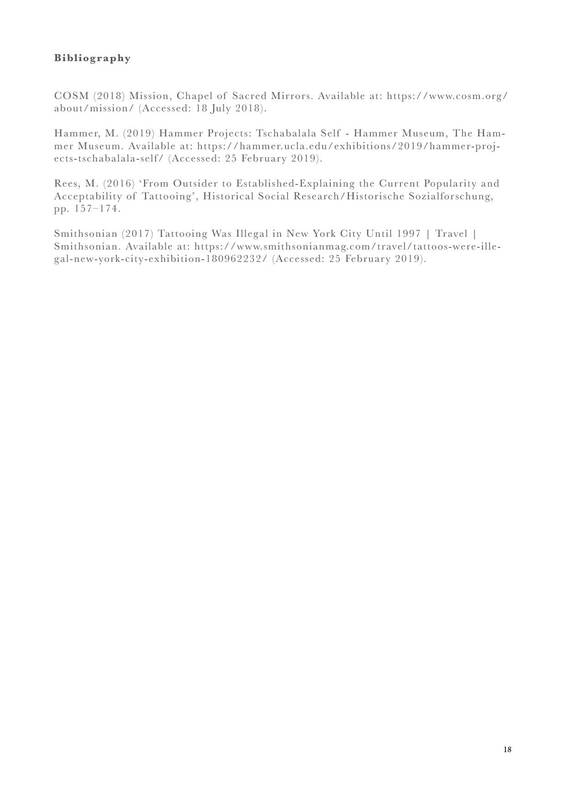
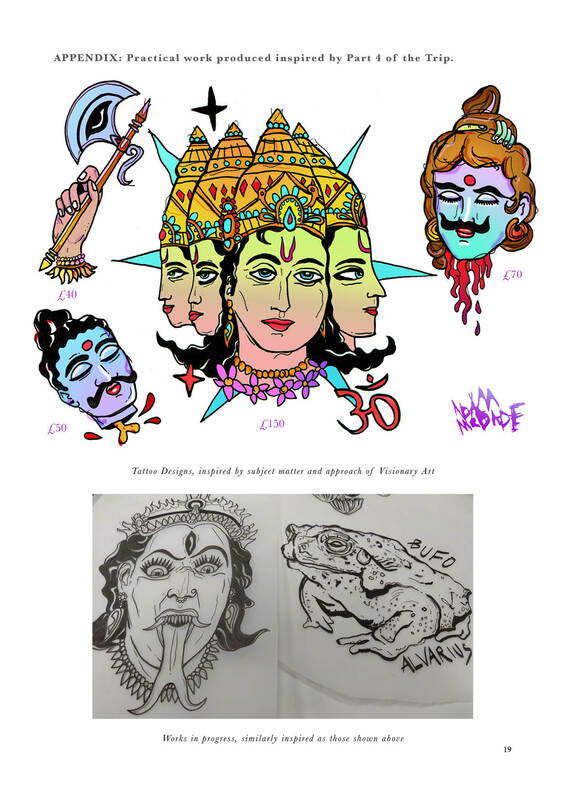
 RSS Feed
RSS Feed
